The Roman Antonine Wall Falkirk AD 150 (Wil) Scotland Roman britain, Scotland travel
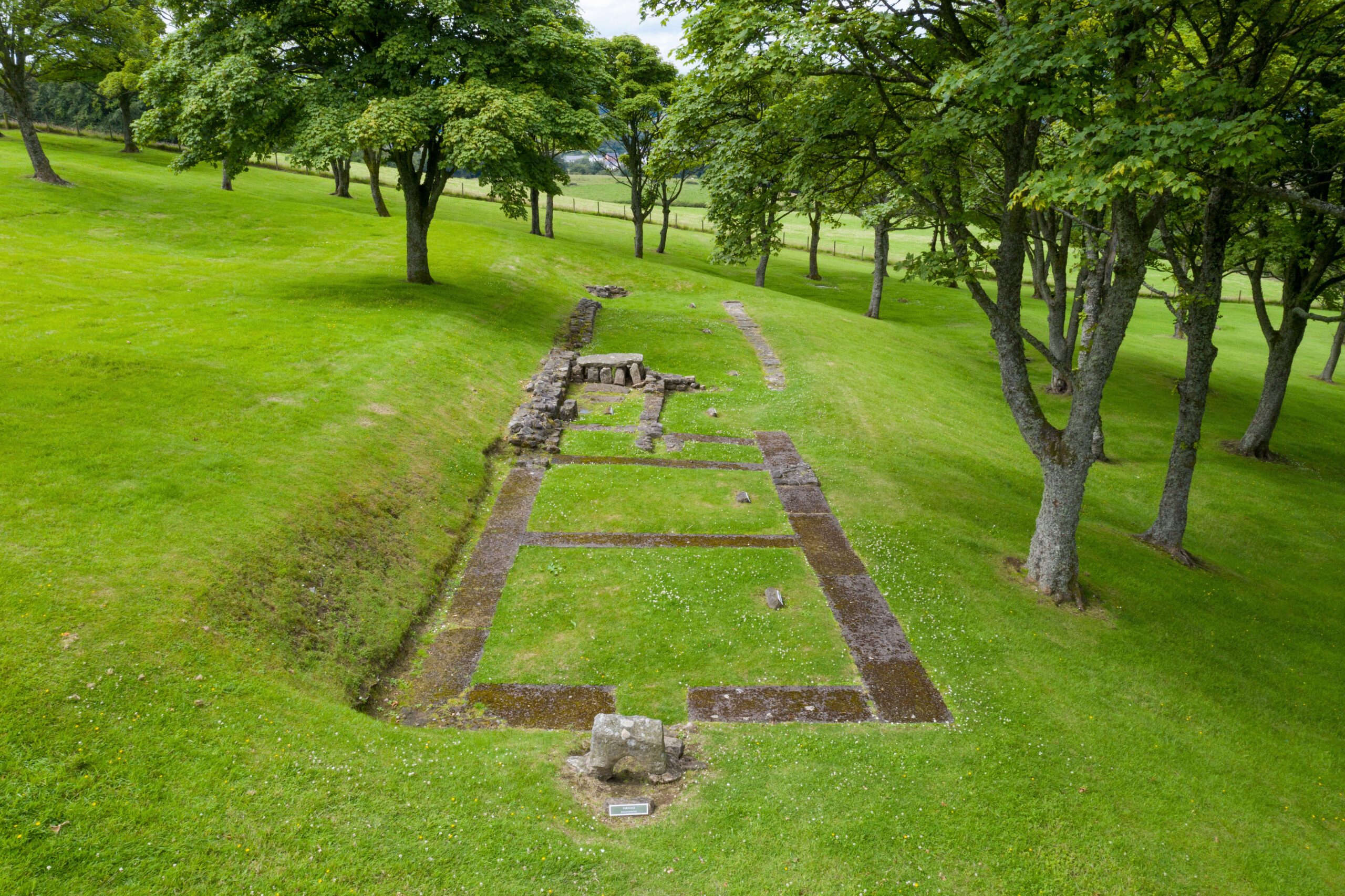
Frontiers of the Roman Empire, Antonine Wall World Heritage UK
The Antonine Wall was occupied until the late 160s AD when, under Marcus Aurelius, the Romans began to retreat to its more famous counterpart. (In 208 AD, Roman Emperor Septimius Severus marched into Scotland with his army and re-established The Antonine Wall as the Roman border. However, this proved only temporary until his death in 211 AD).
Antonine Wall, Scotland
At the time of the Roman occupation, the area of the Antonine Wall became a strictly military zone, with an estimated total force of auxiliary and legionary soldiers stationed along this area of the wall of around 9,000. The number of soldiers sent north to build and man this northerly wall was similar to that which manned Hadrian's Wall.
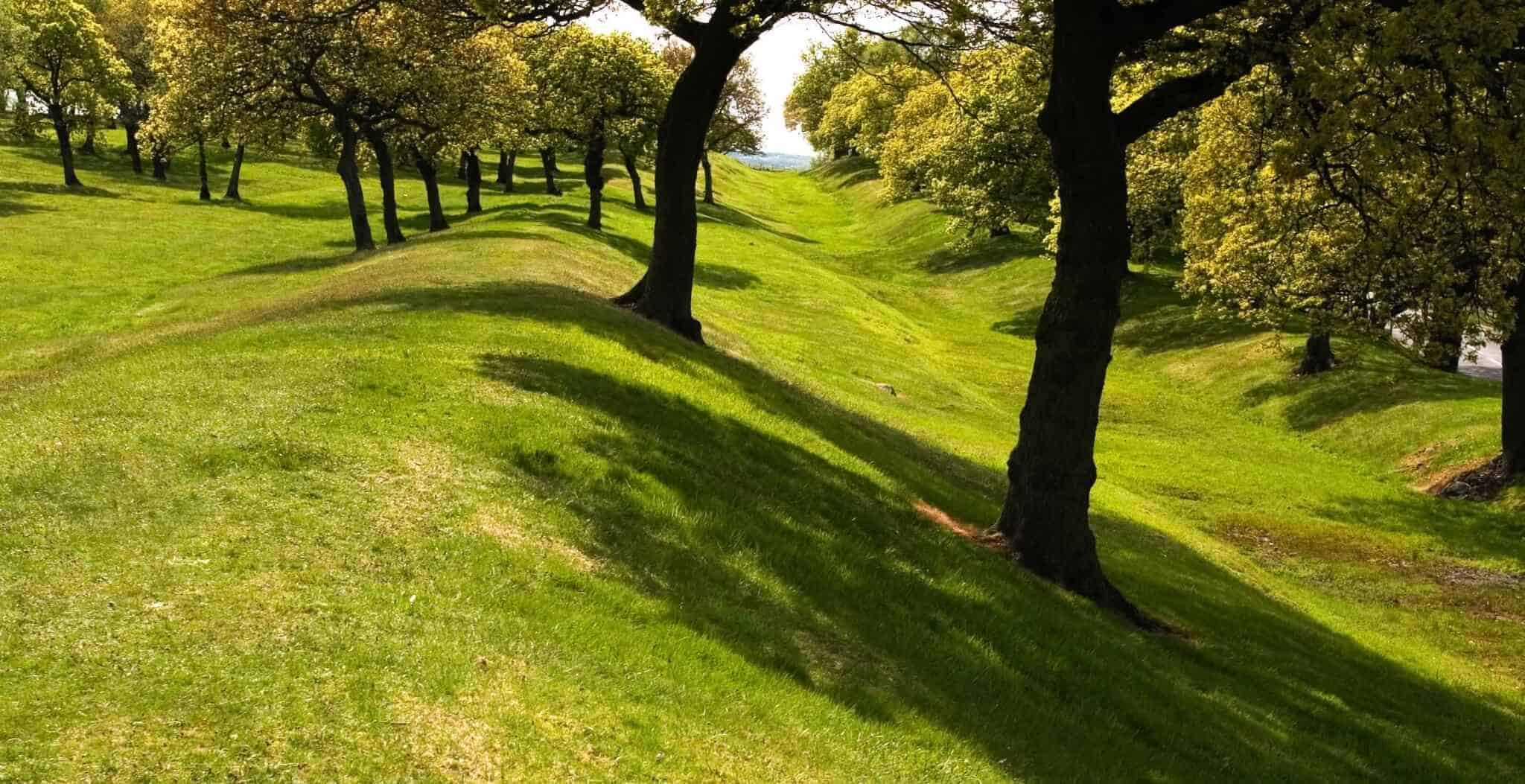
The Antonine Wall, Scotland
Historic Scotland is an executive agency of the Scottish Government responsible for advising Scottish Ministers on the protection and presentation of Scotland's historic environment and promoting its understanding and enjoyment.. The Conservation Directorate has undertaken a programme of LiDAR scanning along the Antonine Wall, and has been.

The Roman Antonine Wall Falkirk AD 150 (Wil) Scotland Roman britain, Scotland travel
The biggest, most awe-inspiring building project the people of Scotland had ever seen, the Antonine Wall stretched right across the country, from Clyde to Forth. Constructed around 142 AD by the Romans to mark the north-west frontier of their empire, the Wall was a mighty symbol of their power and authority. The route made the most of landscape.

The Antonine Wall Scotland’s Roman frontier History Scotland
For while the impressive Roman wall which was established in 122 AD and runs right across the north of England between Carlisle and Newcastle is now world-famous, a symbol of Roman engineering and military prowess, Scotland's Antonine Wall, built two decades later, remains largely unknown. Despite being recently described by archaeologist and.

Antonine Wall in Kilsyth
The Antonine Wall is a remarkable Roman wall and fortification located in Scotland, stretching across the narrowest part of the country, from the Firth of Forth in the east to the Firth of Clyde in the west. The wall was constructed during the reign of the Roman Emperor Antoninus Pius and building started around 142 AD.
Antonine Wall, Scotland
The Antonine Wall was abandoned in the 160s, and the army returned to Hadrian's Wall. Antonine Wall, Roman frontier barrier in Britain, extending about 36.5 miles (58.5 km) across Scotland between the River Clyde and the Firth of Forth. The wall was built in the years after ad 142 on the orders of the emperor Antoninus Pius by the Roman army.
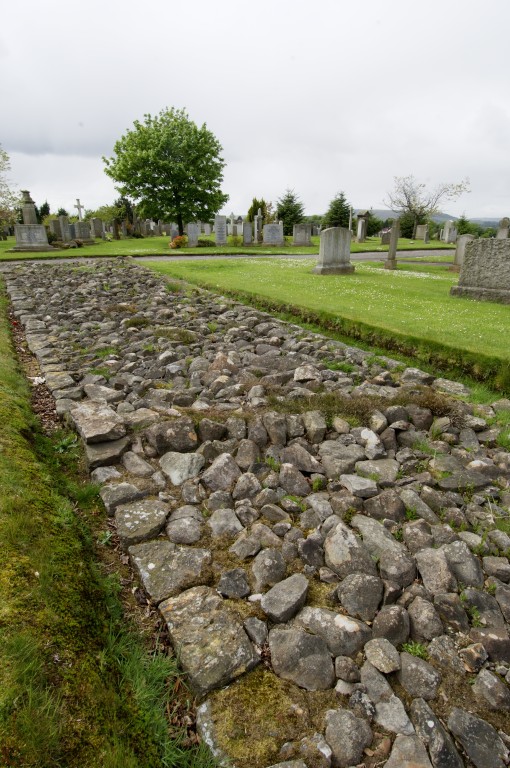
Top Ten Things to Do Antonine Wall
Antonine Wall. / 55.967; -4.067. The Antonine Wall, known to the Romans as Vallum Antonini, was a turf fortification on stone foundations, built by the Romans across what is now the Central Belt of Scotland, between the Firth of Clyde and the Firth of Forth. Built some twenty years after Hadrian's Wall to the south, and intended to supersede it.
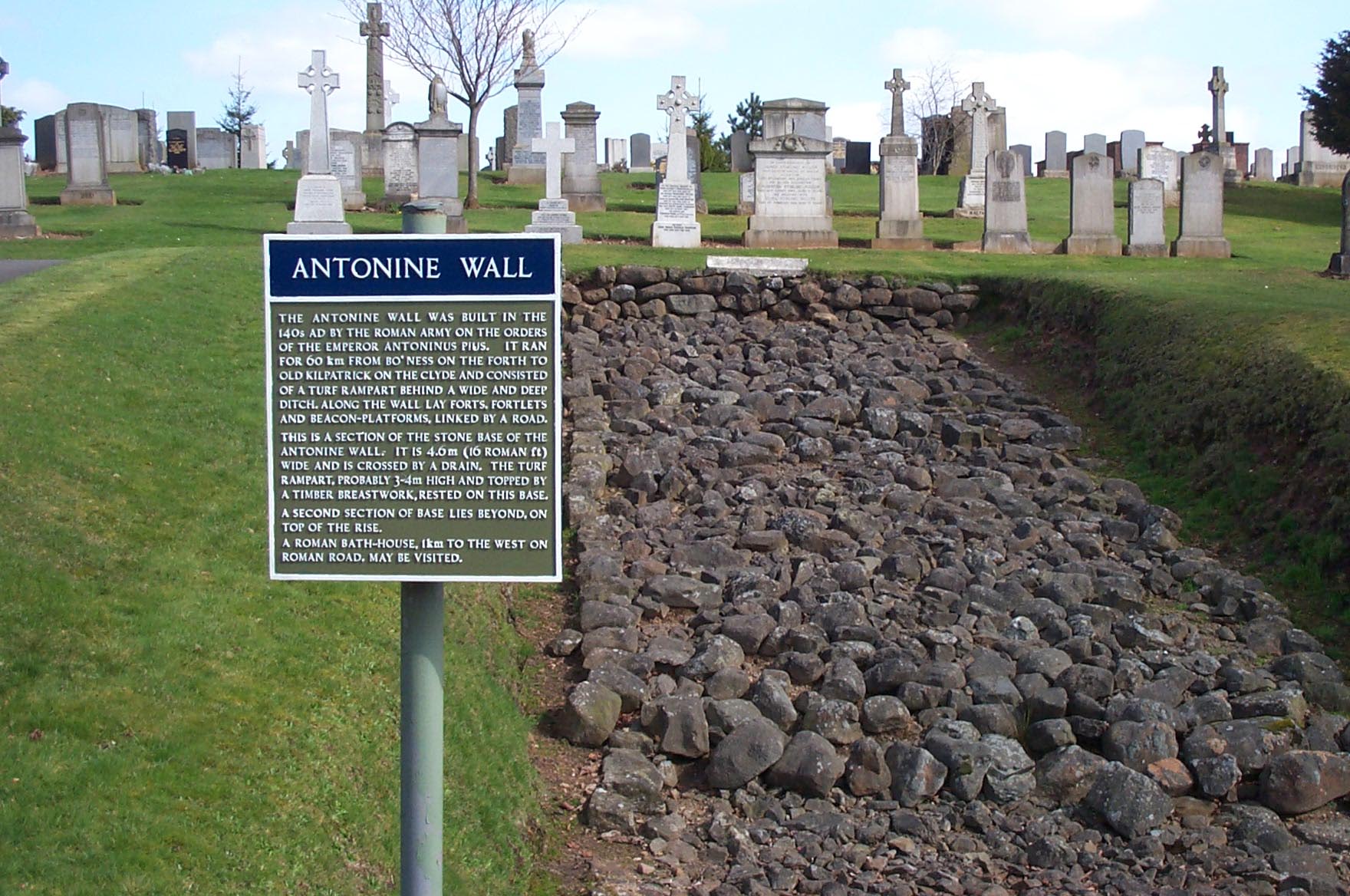
Antonine Wall
The Antonine Wall was the north-west frontier of the Roman Empire.Located in central Scotland, north of Edinburgh and Glasgow, the Wall was a linear barrier that stretched from the Firth of Forth near Bo'ness to the Clyde estuary at Old Kilpatrick.Chronologically, the Antonine Wall post-dates the initial construction of Hadrian's Wall and was probably constructed in the early 140s CE, on the.
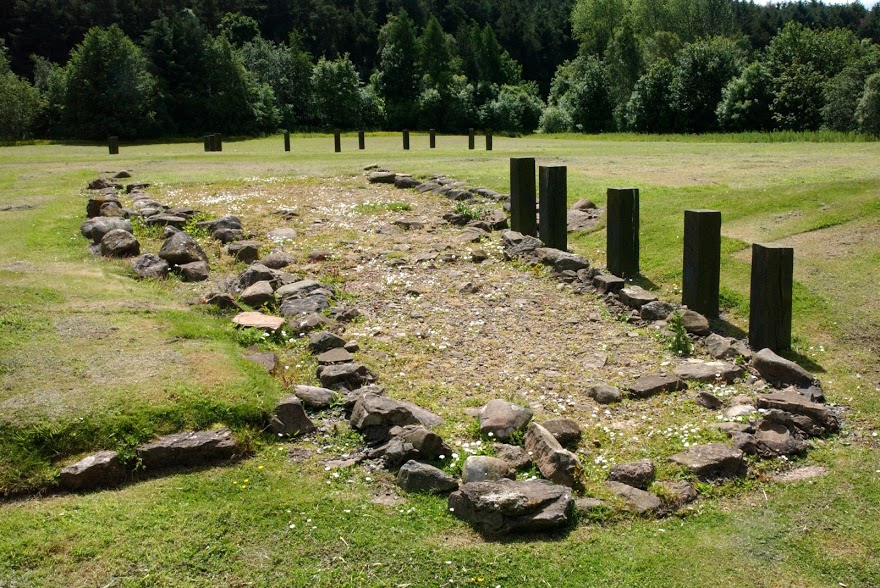
The Antonine Wall Our Stories Falkirk
Antoninus Pius was the man who gave his name to the Antonine Wall of 142 AD, which runs between the the Rivers Clyde and Forth, extending Roman Britannia north from Hadrian's Wall. The wall was.

Antonine Roman Wall, Falkirk
Antonine Wall Kilsyth, Scotland United Kingdom 55.9672, -4.0670 View on Google Maps . Visit Website . Nearby. Jamie Wright's Well. 6.09 miles. Wallace's Well . 6.35 miles. Loup of Fintry. 6.51 miles.

Antonine Wall in Kilsyth
ANTONINE WALL Scotland. Early in the reign of Antoninus Pius Roman troops under the governor of Britain, Lollius Urbicus, reoccupied the Scottish Lowlands. Hadrian's Wall was abandoned, and in its place another barrier, the Antonine Wall, was built ca. 160 km farther N, across the narrow isthmus between the firths of Forth and Clyde..

The Roman Antonine Wall Falkirk AD 150 (Wil) Scotland Natural landmarks, Falkirk, Scotland
The north side of the fort was in line with the Antonine Wall's ramparts, with the defensive ditch beyond. Castlecary fort was one of 16 known forts along the Antonine Wall, which was built across Scotland's central belt from AD 140. The wall formed the north-western frontier of the Roman Empire. For more information on visiting the.

One of the Roman empire’s most enigmatic monuments the Antonine wall between the firths of
Bar Hill Fort was one of 16 known forts along the Antonine Wall, which was built across Scotland's central belt from AD 140. The wall formed the north-western frontier of the Roman Empire. For more information on visiting the Antonine Wall, please visit www.antoninewall.org. Get an overview of Bar Hill Fort, the best place to appreciate the.

Counting World Heritage sites 74 (Roman Frontiers / Antonine Wall)
The Antonine Wall. Arguably the most magnificent Roman military monument left in Scotland today is the impressive remains of the Antonine Wall. Scotland lay on the northwest frontier of the vast Roman Empire. It is not surprising therefore that all surviving monuments of that time are military in nature, including the remains of forts, towers.
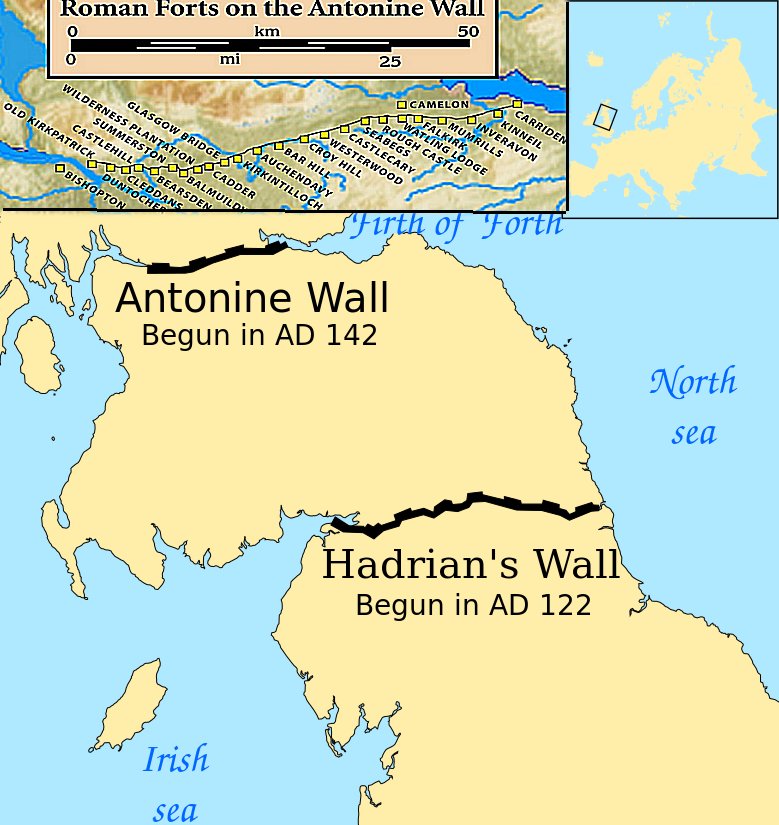
Antonine Wall Impressive Roman Frontier Built By Empire's Three Legions In Scotland Ancient Pages
The Antonine Wall was constructed in AD 142-144 by soldiers from three Roman legions to serve as a barrier between the Roman Empire and the native Caledonian tribes of Scotland. It was a massive engineering feat that required the movement of thousands of tons of earth and stone, and it marked the northernmost frontier of the Roman Empire.